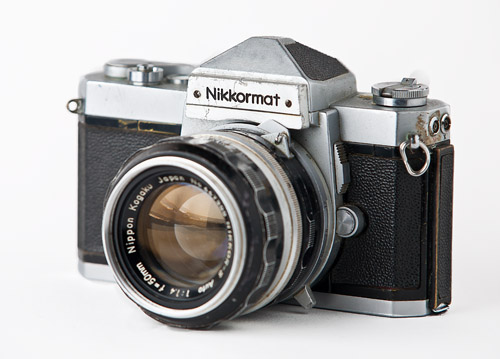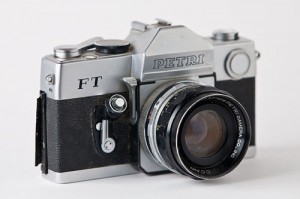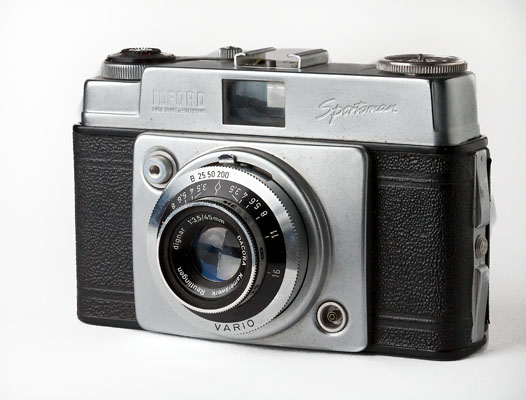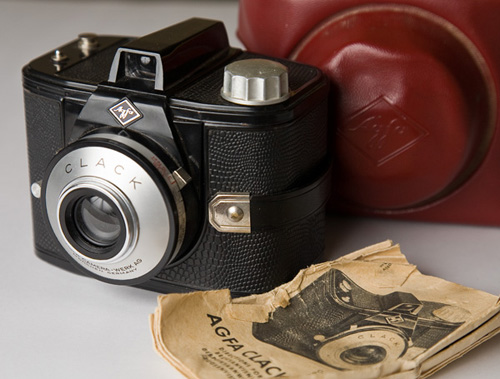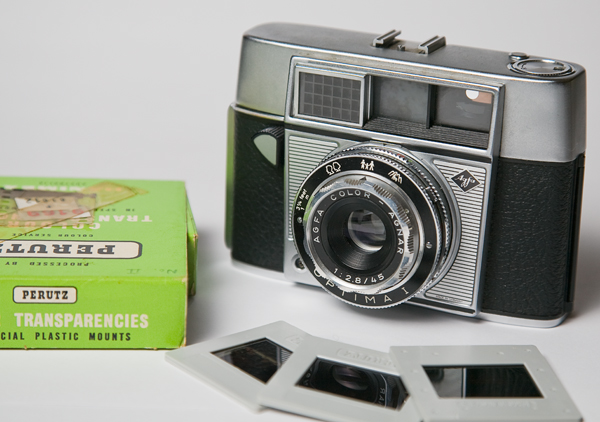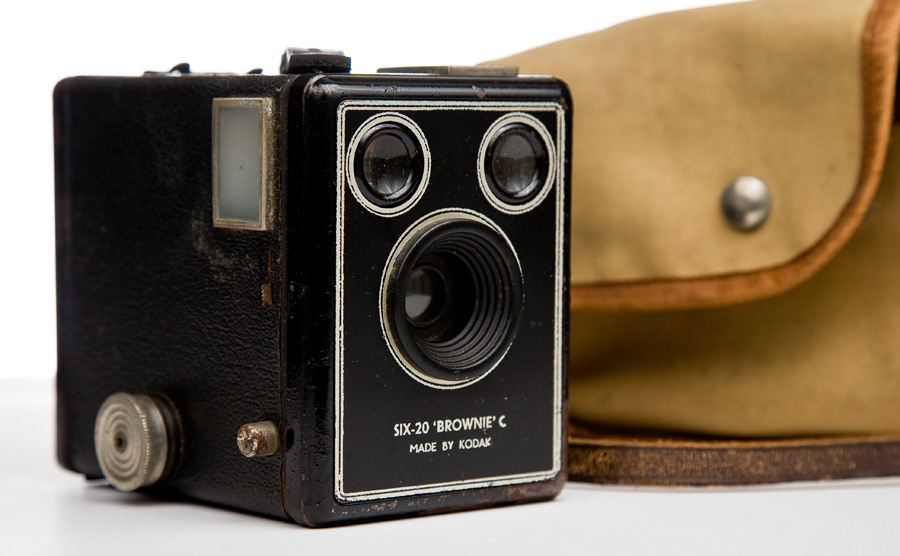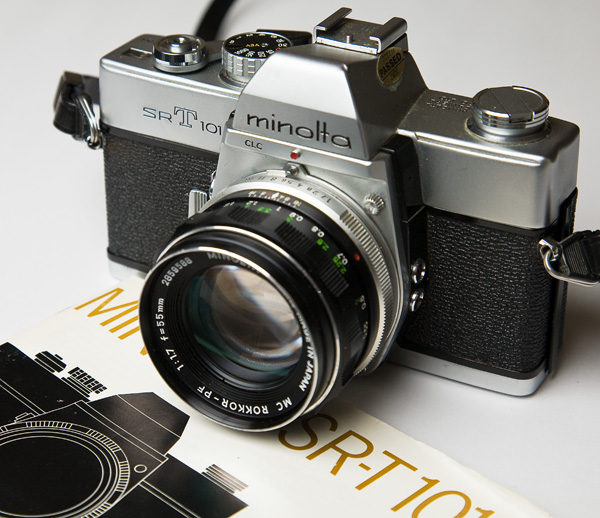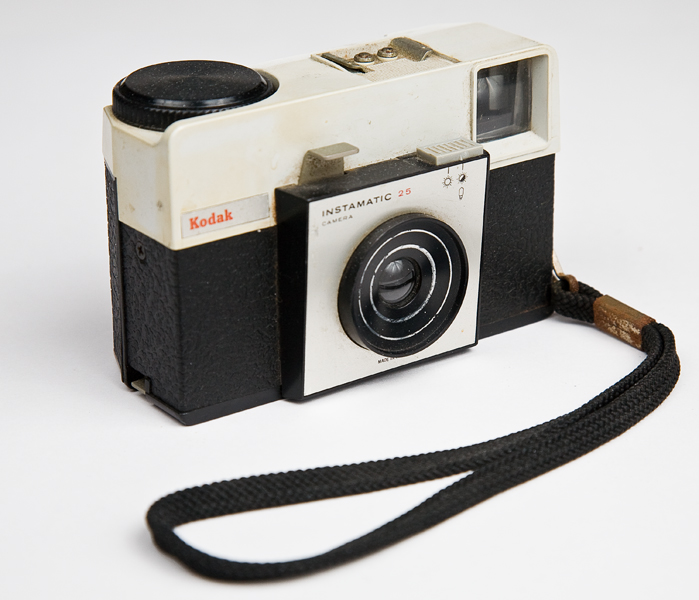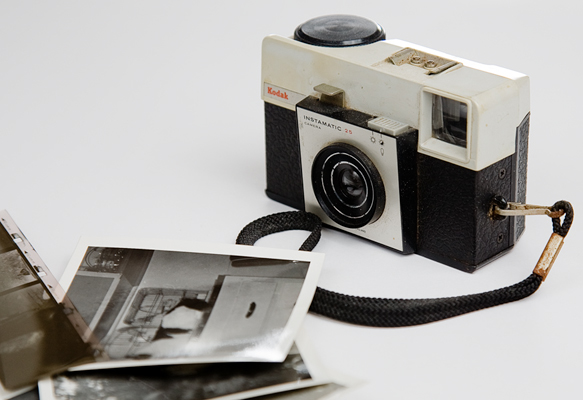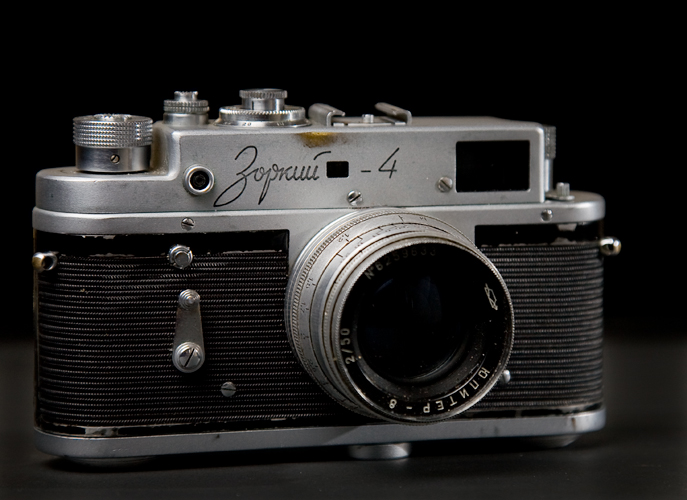Zeiss Ikon Contina
One of the cameras in the cupboard has a significant place in my life for a number of reasons. It is a Zeiss Ikon Contina.
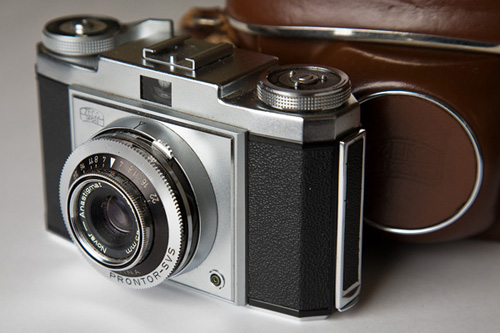
In 1955 my mother’s eldest sister, my aunt Ruth, decided to leave our home town of Geelong and travel to Europe. This was not a common thing to do in the 1950s. Apart from the fact that it involved a 6 week voyage by ship, it was virtually unknown for a young country girl to travel unescorted to Europe for an indefinite stay.
Ruth got work in London, met up with several other women from various parts of the world and spent every available minute of the next six years touring Britain and Europe. She returned home after being diagnosed with Multiple Sclerosis in 1961.
I think Ruth’s Zeiss Ikon is a Contina 1a, made between 1954 and 1957. However, it has the Novar f3.5 lens, which means it was made prior to 1956. I am not sure if the camera was purchased here before she left or as soon as she arrived in England.
It is a very simple camera without rangefinder-type focussing, just a distance scale on the lens. There is no light meter either, but the lens is adjustable from f3.5 to f22.
For a simple camera, it is very solid, heavy and well made. My aunt was a fastidious woman and the Contina is in superb condition. I am struggling to find a mark on it, even with a magnifying glass. The leather carrying case is also in unmarked condition. One might be tempted to think that is has never been used, but I know it travelled around Europe for six years, and I have the boxes of slides to prove it.
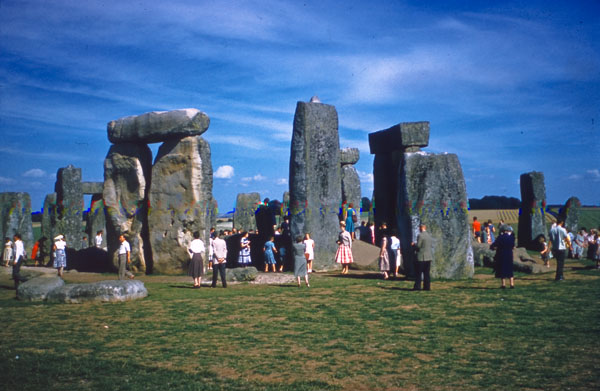
Unfortunately Ruth was neither a good, nor prolific photographer. A lot of her images are badly underexposed.
But this camera represents a number of things in my life. The trip up from Geelong to Station Pier in Melbourne is one of my earliest memories and my first trip to Melbourne. It was the first time I ever saw a passenger ship, and the only time I have ever waved one goodbye, with the streamer throwing and a band playing.
And on the way home I got to ride in the dicky seat of my uncle’s 1936 Plymouth coupe.
